Related Research Articles

Christine de Pizan or Pisan, was an Italian-born French poet and court writer for King Charles VI of France and several French dukes.

Michel de Nostredame, usually Latinised as Nostradamus, was a French astrologer, apothecary, physician, and reputed seer, who is best known for his book Les Prophéties, a collection of 942 poetic quatrains allegedly predicting future events.
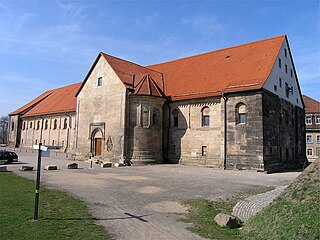
Basil Valentine is the Anglicised version of the name Basilius Valentinus, ostensibly a 15th-century alchemist, possibly Canon of the Benedictine Priory of Saint Peter in Erfurt, Germany but more likely a pseudonym used by one or several 16th-century German authors.

Richard Simon CO, was a French priest, a member of the Oratorians, who was an influential biblical critic, orientalist and controversialist.

The Five Books of the Lives and Deeds of Gargantua and Pantagruel, often shortened to Gargantua and Pantagruel or the Cinq Livres, is a pentalogy of novels written in the 16th century by François Rabelais. It tells the adventures of two giants, Gargantua and his son Pantagruel. The work is written in an amusing, extravagant, and satirical vein, features much erudition, vulgarity, and wordplay, and is regularly compared with the works of William Shakespeare and James Joyce. Rabelais was a polyglot, and the work introduced "a great number of new and difficult words [...] into the French language".

Jean Charles Emmanuel Nodier was a French author and librarian who introduced a younger generation of Romanticists to the conte fantastique, gothic literature, and vampire tales. His dream related writings influenced the later works of Gérard de Nerval.
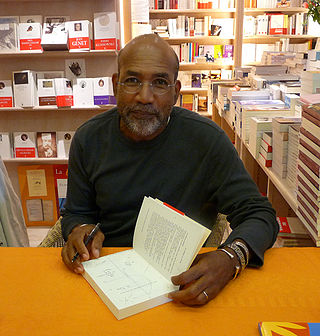
Patrick Chamoiseau is a French author from Martinique known for his work in the créolité movement. His work spans a variety of forms and genres, including novels, essays, children's books, screenplays, theatre and comics. His novel Texaco was awarded the Prix Goncourt in 1992.

Françoise Sagan was a French playwright, novelist, and screenwriter. Sagan was known for works with strong romantic themes involving wealthy and disillusioned bourgeois characters. Her best-known novel was her first – Bonjour Tristesse (1954) – which was written when she was a teenager.
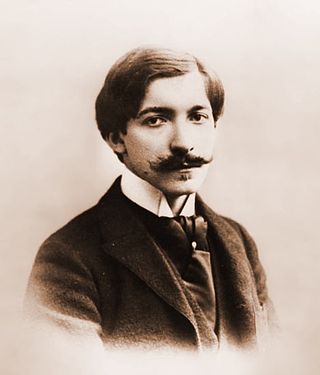
Pierre-Félix Louÿs was a French poet and writer, most renowned for lesbian and classical themes in some of his writings. He is known as a writer who sought to "express pagan sensuality with stylistic perfection". He was made first a Chevalier and then an Officer of the Légion d'honneur for his contributions to French literature.

Alain-Fournier was the pseudonym of Henri-Alban Fournier, a French author and soldier. He was the author of a single novel, Le Grand Meaulnes (1913), which has been filmed twice and is considered a classic of French literature. The book is based partly on his childhood.
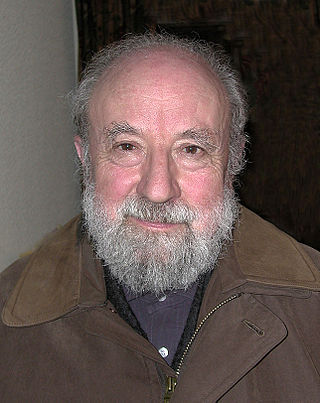
Michel Butor was a French poet, novelist, teacher, essayist, art critic and translator.

Gérard Klein, known also as Gilles , is a French science fiction writer with sociological training.

Pierre Mac Orlan, sometimes written MacOrlan, was a French novelist and songwriter.

Michel de Marolles, known as the abbé de Marolles, was a French churchman and translator, known for his collection of old master prints. He became a monk in 1610 and later was Abbot of Villeloin (1626–1674). He was the author of many translations of Latin poets and was part of many salons, notably that of Madeleine de Scudéry. He is best known for having collected 123,000 prints - this acquisition is considered the foundation of the cabinet of prints in the royal library, though it was only constituted as a department in 1720.
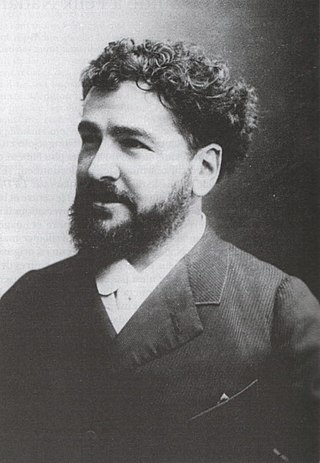
Octave Uzanne was a 19th-century French bibliophile, writer, publisher, and journalist.
De l'un au multiple: Traductions du chinois vers les langues européennes Translations from Chinese into European Languages is an academic book in French and English with essays about translations of Chinese into European languages. It was published in 1999 by the Éditions de la MSH, Fondation Maison des sciences de l'homme, and edited by Viviane Alleton and Michael Lackner. The introduction states that the purpose of this work is to examine specific issues in translation from Chinese to European languages and from the Chinese culture to Western cultures, instead of promoting a new theory regarding translation.
Jean-Louis-Théodore Bachelet was a 19th-century French historian and musicologist.
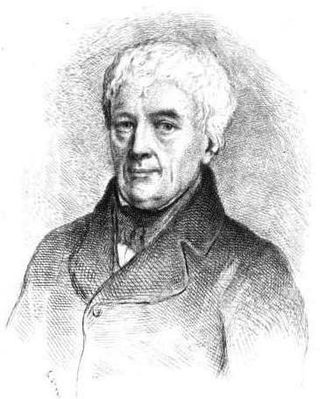
Étienne-Gabriel Peignot was a 19th-century French bibliographer.
Lucien Scheler was a French author, poet, publisher, and bookseller who participated in the literary resistance against Nazism.

Le Livre de la mutation de fortune is a 1403 poem by Christine de Pizan. It is a universal history that tells the story of how Fortune has affected events. The frame narrative describes the process of the narrator's transformation into a man following the death of their husband and, as such, is an early text concerning gender transition.
References
- Max Jacob et Conrad Moricand (1949) Miroir d'astrologie contenant des extraits du livre d'Arcandam